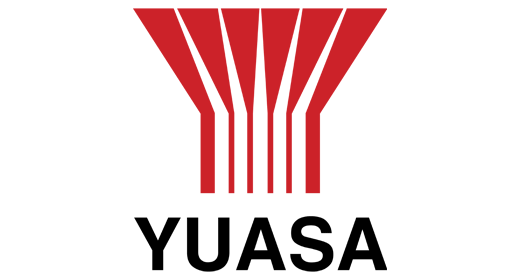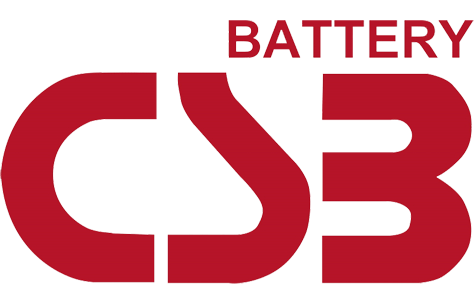Isolated Power Supply and UPS Systems for Medical and Healthcare Settings
During the 1920’s and 30’s, the number of fires and explosions in healthcare settings grew at an alarming rate. The increasing use of electronic equipment for diagnosis and treatment brought with it a corresponding increase in electrical hazards. Over the years safety standards and industry guidelines have been developed to eradicate the risks both from and to medical equipment, with Isolated Power Supply (IPS) solutions now forming a fundamental part of many critical power protection policies.
Why an IPS is needed
An IPS has a power output that is electrically independent of its power input – loads are protected from high voltage exposure by transferring power from one circuit to another without directly linking them.
Typically used in settings where there are safety requirements as well as system requirements; for example healthcare settings that rely on multiple medical devices, an Isolated Power Supply ensures patient safety from electric current leakage. In addition it also allows for early detection of any ground faults enabling critical systems to remain online.
Compliance and standards
BS 7671 identifies that equipment with ‘group 2’ locations, which can be identified as equipment where any power discontinuity or failure will cause a danger to life, must now be supported with an IPS as a legal requirement. This includes environments with medical life support systems, operating rooms and wet procedure settings.
As set out in the Health Technical Memoranda (HTM 06-01) and IEC60363-7-710, where power is required to be available within 0.5 seconds of a mains failure, additional resilience can be provided by combining the IPS with an Uninterruptible Power Supply (UPS) system. The recommended amalgamation of grouping a N+1 UPS together with the IPS ensures that both a secondary and tertiary power source is constantly available, ensuring the most robust and resilient solution for any situation.
To ensure fail-safe redundancy, consideration must be given to the regular maintenance and servicing of both IPS and UPS systems. The HTM 06-01 advises that UPS batteries need to have a 10 year design life expectancy therefore it is crucial these be checked regularly for signs of damage. Transformers, bypass switches, alarm monitors and other key mechanisms require routine maintenance to check for signs of wear and tear or component damage. By adopting these practices any potential system failures can be identified and immediately resolved to ensure vital power is there for when it is needed.
Experts in the supply of IPS and UPS solutions
Secure Power has been providing critical power solutions to the medical and healthcare sectors for over a decade and has an industry wide reputation for delivering first class backup power services. With preventative maintenance at the core of its business, Secure Power’s team of engineers deliver a nationwide servicing program that is available 24/7.
The company offers a wide range of IPS and UPS solutions including hire, installation, commissioning, immediate response and ongoing maintenance and service works alongside UPS battery testing, removal and relocation. For more information about Secure Power’s extensive range of IPS and UPS systems for the Medical and Healthcare sectors please visit www.securepower.com or call a member of the team on 0808-196-6935














